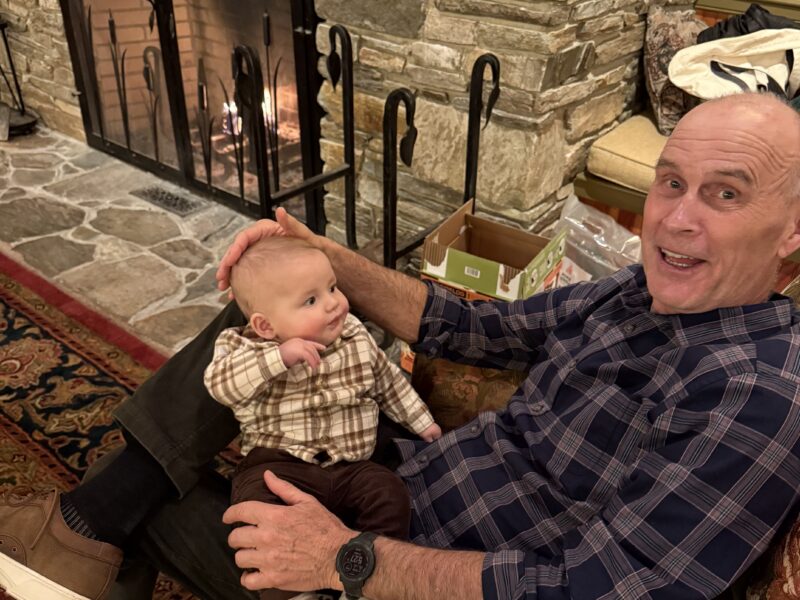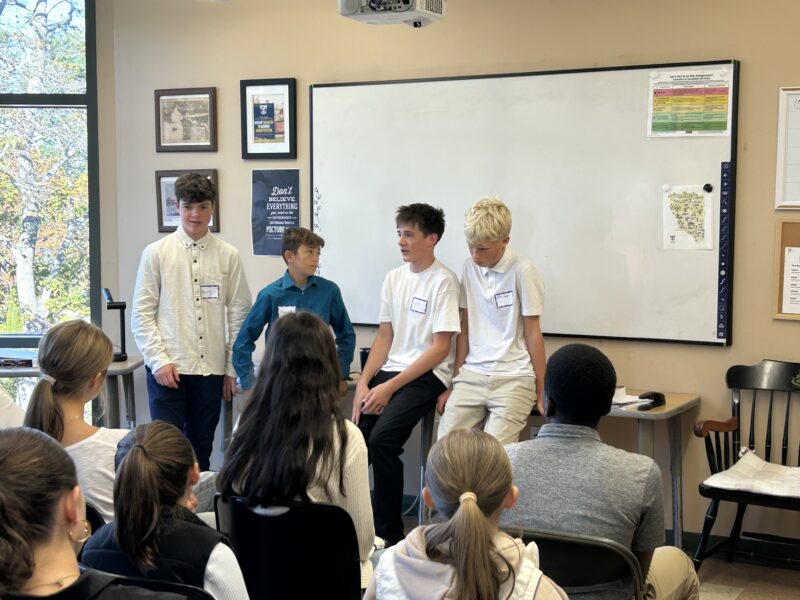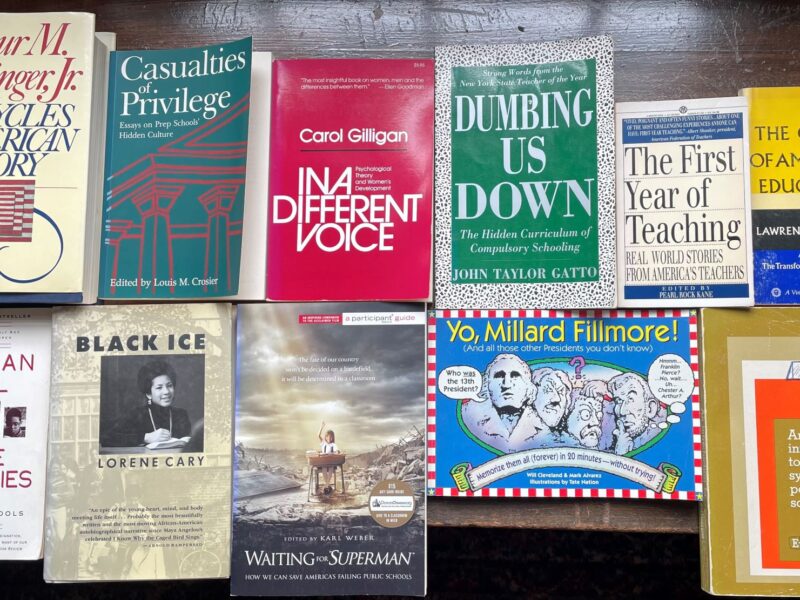If you are a school leader or superintendent, you have many hats to wear. The short list of these would include budgets, hiring, facilities, scheduling, athletics, dining, staff, code compliance, curriculum, and security. The only thing more daunting than that list would probably be the long list! Regardless of which list you are working on, make sure you take the time to ask yourself, “At this very moment, how would I rate the quality of our school culture?” You can delegate some of this responsibility, but only you can truly own it.
Speaking personally, one way that I own it is with a simple monthly ritual. At the beginning of each month, I jot down the following notes at the top of my desktop calendar:

The 1-thru-3 numbered items refer to the way I want students at our school to feel each and every day:
1. Known and Needed: Their names are known, and they have a sense that the school would not be the same (i.e., as good) without them. No one is invisible. No one slips through the cracks.
2. Safe and Cared For: Not only do the students believe that they are safe and cared for, but the faculty also believe and ensure it. As one Discovery Process superintendent said to me, “Our goal is for each and every student in our school to have at least one adult advocate.”
3. Role in Shaping Environment: The students are not mere cogs in the machine. They hold a valid feeling that they possess some capability to influence the quality of daily school life. And this feeling is valid.
This simply monthly act of writing this down with a pen on my paper calendar provides me with a helpful reminder of what’s truly important, especially when I’m caught up in the daily routine demanded by the aforementioned short or long lists of administrative issues.
As important as those three points on the desk calendar may be, they have to do with school climate as opposed to culture. That brings us to the second set of desktop calendar jottings:
Climate: Feel
Culture: Collective Habits
The words “climate” and “culture” are often thrown around interchangeably in school conversations. Although the two are mutually supportive, they mean two different things.
Climate: How people—students, teachers, janitors, visiting athletic teams, administrators, spectators in the football stands, local merchants, alumni— feel about what is (as well as what is not) happening at school.
Culture: Actual behaviors, habits, traditions, and practices.
To explain, it is common for schools to distribute surveys that ask questions like:
– Do you feel safe in the school building?
– Do you have some adult at school that you feel you can talk to about your hopes or fears?
– Does bullying happen at your school?
– Do new students feel welcomed at school?
– Do you feel encouraged to try new extracurricular activities?
Those questions are designed to get a read on how the students feel about the social atmosphere at school. They can help administrators understand and assess the school’s climate. To be sure, the responses to those questions are not irrelevant to the school’s culture. Specifically, if the answers to those five questions are No, No, Yes, No, and No, then it is reasonable to assume that such a school would have significant problems with both climate and culture. The two are not only related, but they are also intertwined.
Turning to culture, the focus is on actual behaviors. What are the patterns of behavior that make students feel as they do about the climate? Discovery Process teachers strive to provide values-forming lessons and challenges that help students explore their own attitudes about both climate and culture. On the one hand, you should not expect to have one without the other. On the other, just because you have one will not guarantee the existence of the other.
Onward, Malcolm



